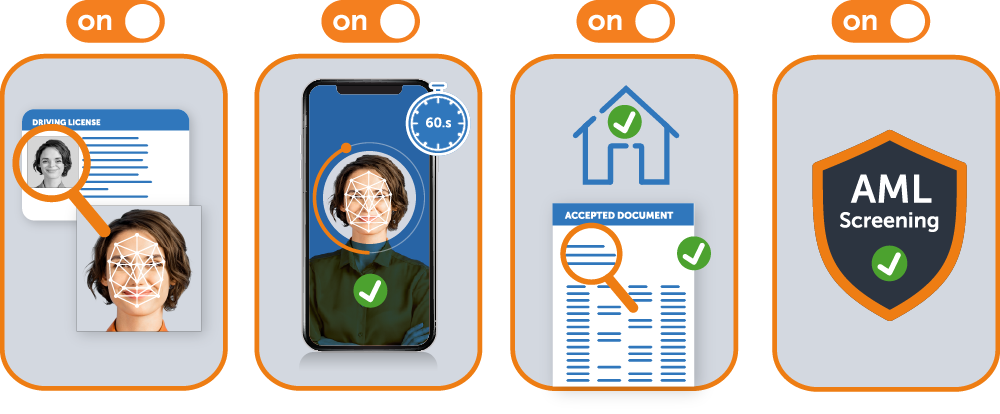
Accurate first-time capture of KYC details combined with multi-layered Identity and Address checks reduces the burden and resources spent on false positives.
Auto-diversion of high-risk submissions allows the back-office compliance team to allocate resources efficiently.
Smart workflows allow your team to better manage submission volumes, ensuring a timely and effective exceptions handling process.
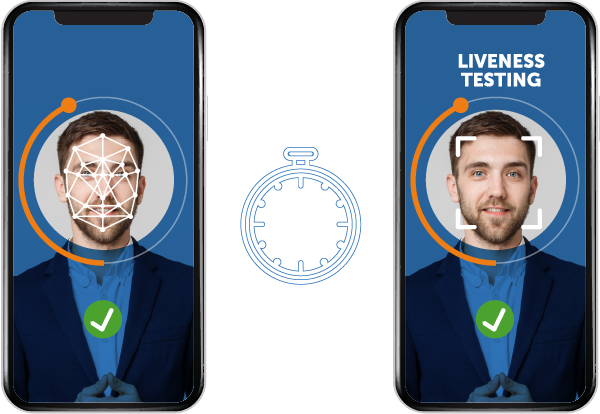
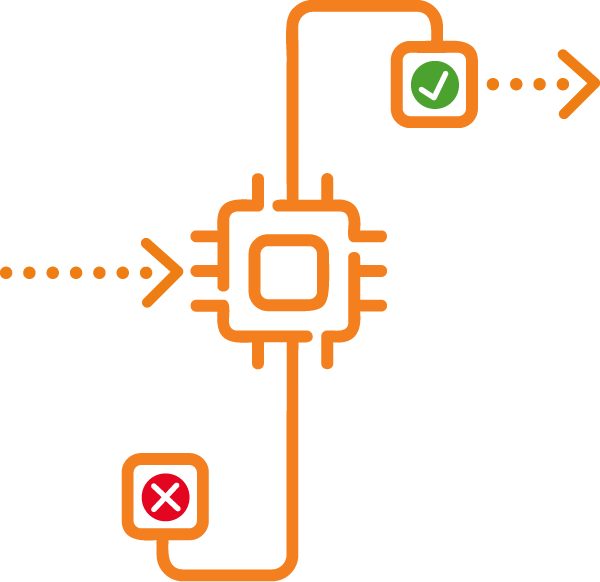
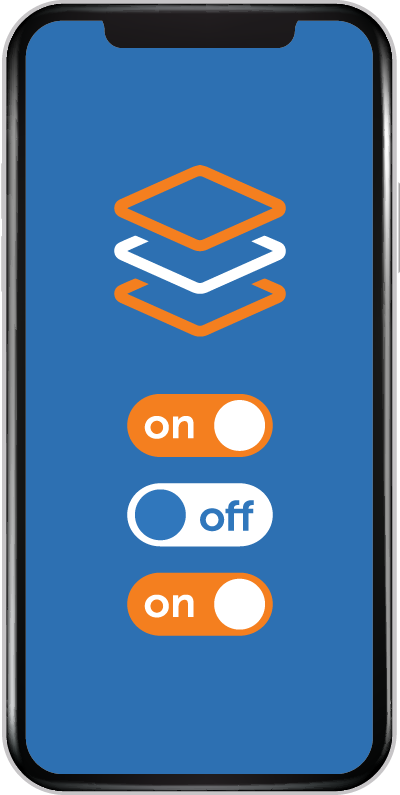

Explore the additional features available that simplify compliance and offer robust fraud prevention.
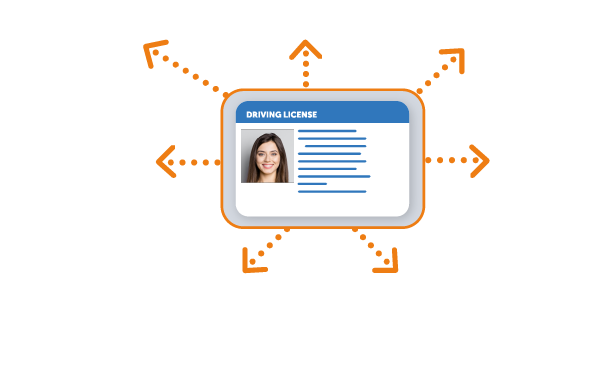
This add-on feature enhances document verification and accuracy rates on each submission for the three most common types of document fraud attacks.
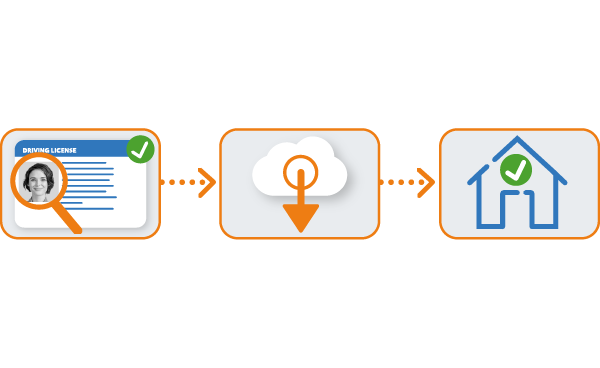
Match a customer’s validated data against over 160+ trusted data sources to verify an address in real-time automatically, as an additional verification and fraud prevention layer.
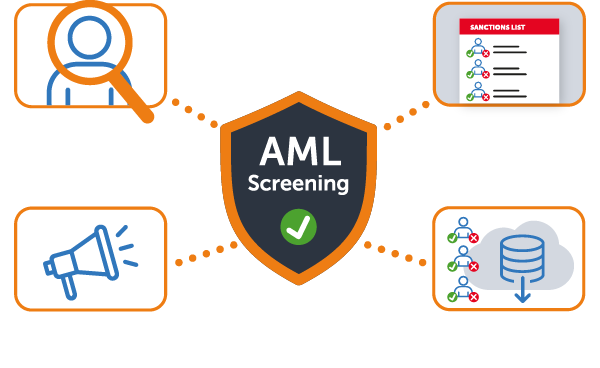
Screen individuals in real-time against global PEPs and Sanctions lists. Perform adverse media checks across live sources and easily enroll individuals for periodic risk screening and ongoing monitoring.
Have more questions? We’re here to help! Get in touch to find out more about our Identity Verification solutions.
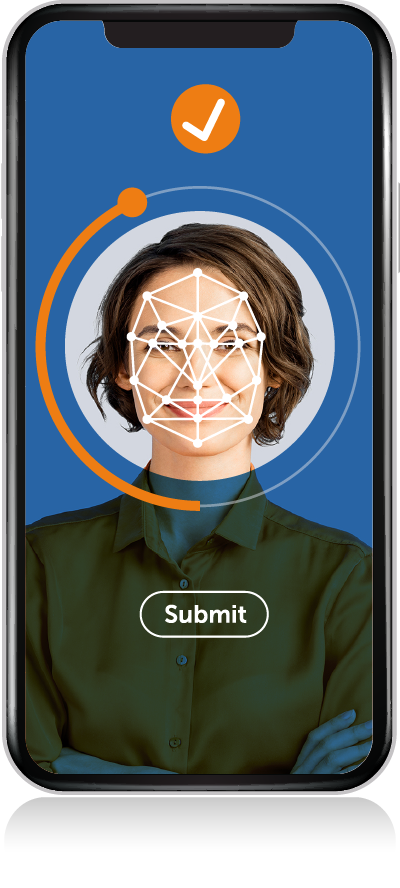
Discover more of ID-Pal’s technologies for identity verification and AML screening.
USA
Ireland
United Kingdom
USA
USA
Ireland
UK
USA
Copyright © 2024 ID-Pal. All rights reserved.